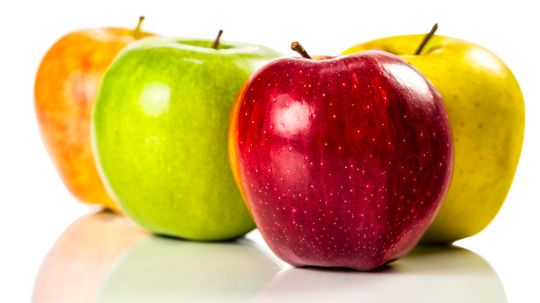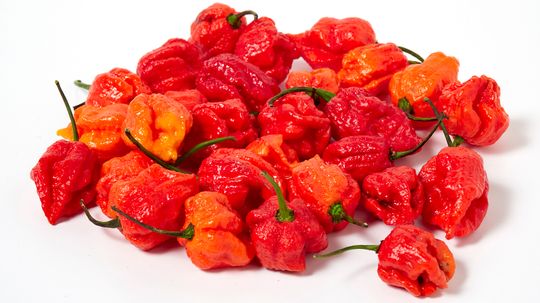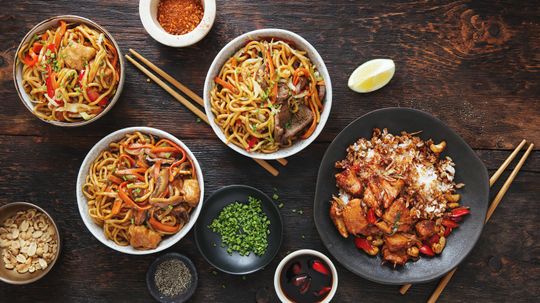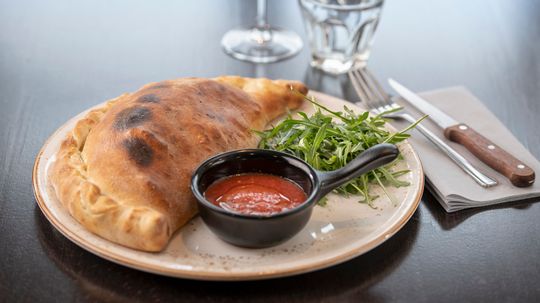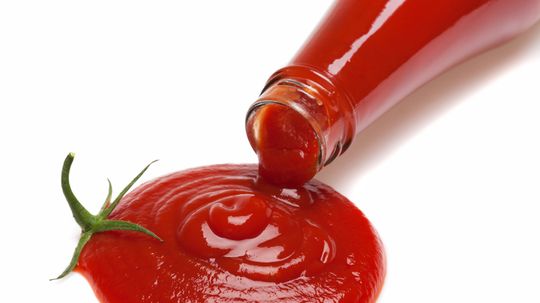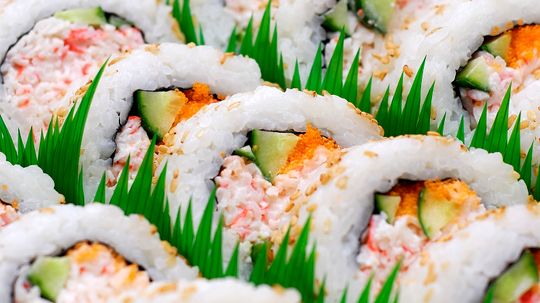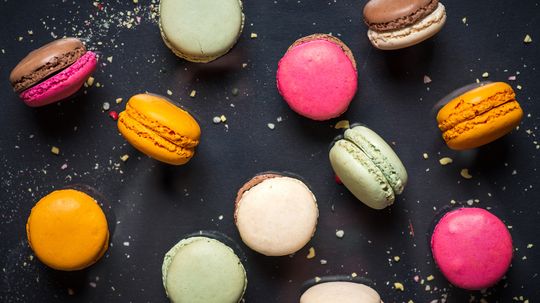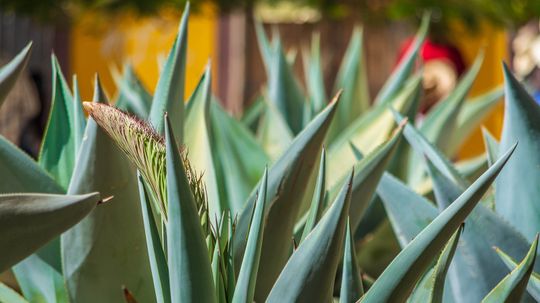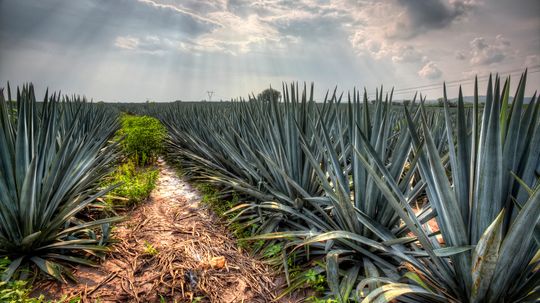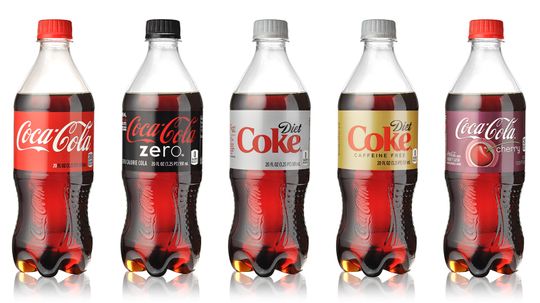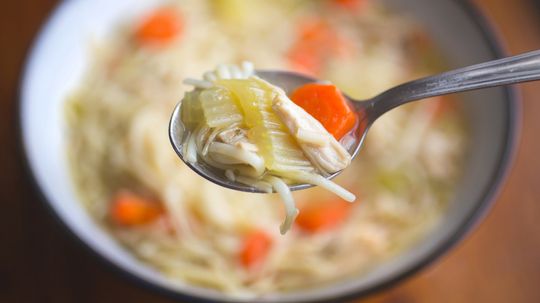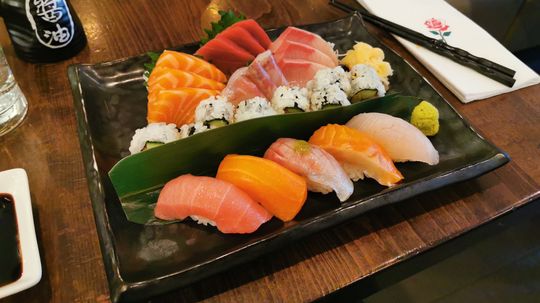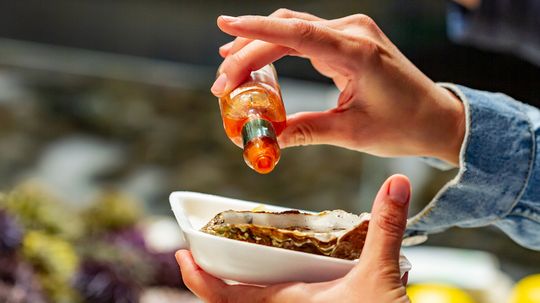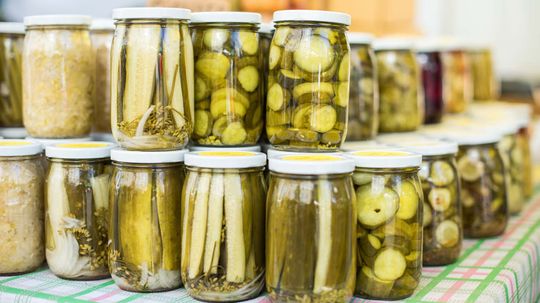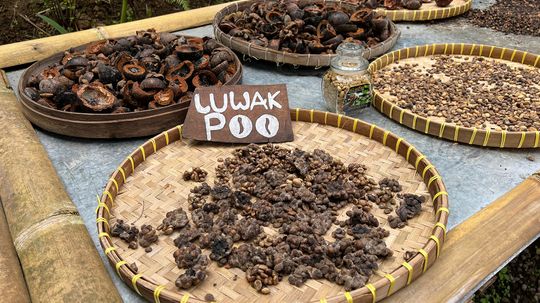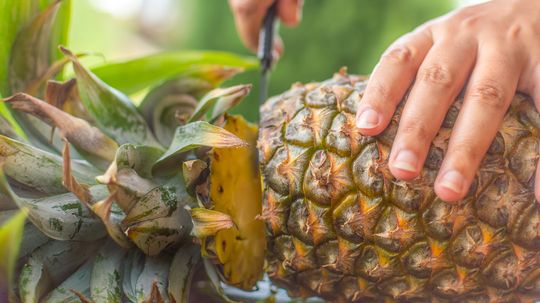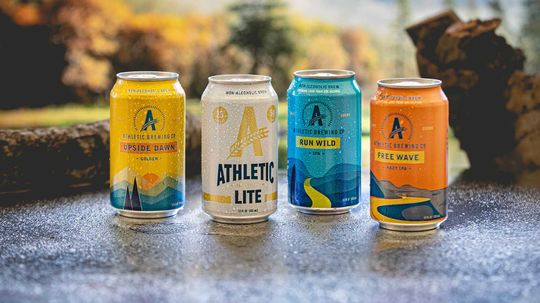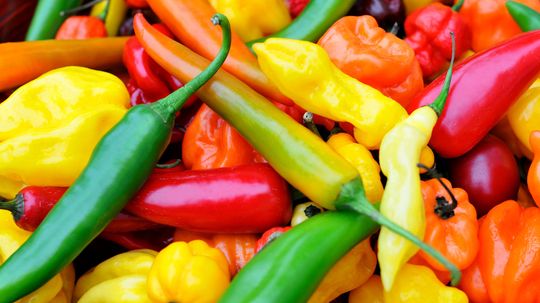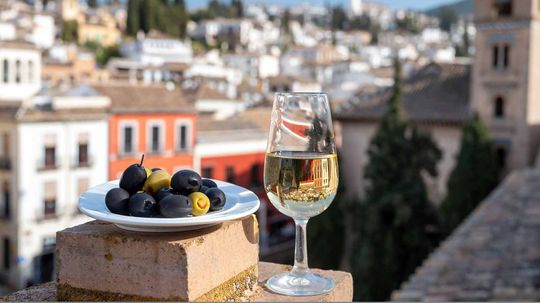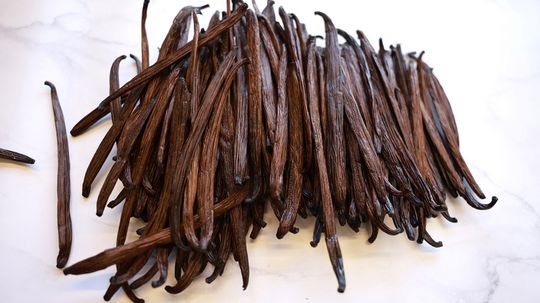Food and Recipes
Here is a place for you to play with your food -- literally: enjoy, have fun with and celebrate food -- but don't worry, we'll still help you get dinner on the table every night.
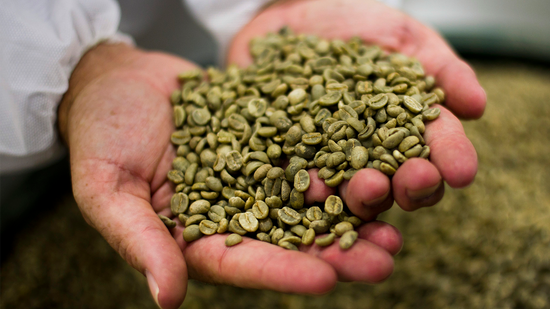
Want a Perfect Cuppa Joe? Roast Your Own Coffee Beans
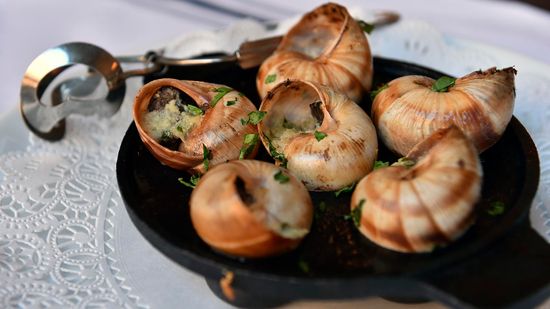
How Escargot Evolved From Snail Snack to Treat for the Elite
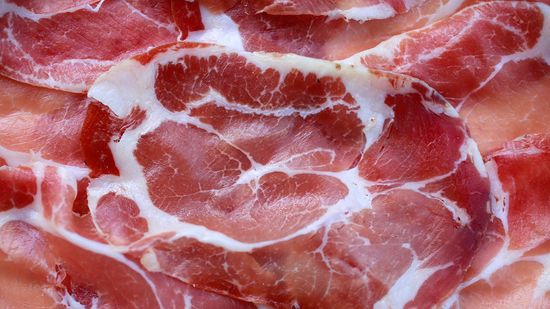
Capicola: The Italian Dried Meat Tony Soprano Called 'Gabagool'
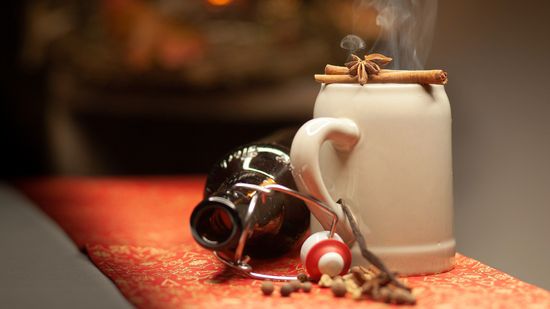
Spread Holiday Cheer With a Good Mulled Beer
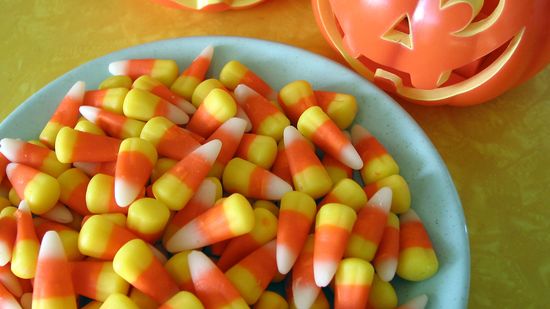
What Is Candy Corn and How Is It Made?

Why Restaurants Are So Loud These Days
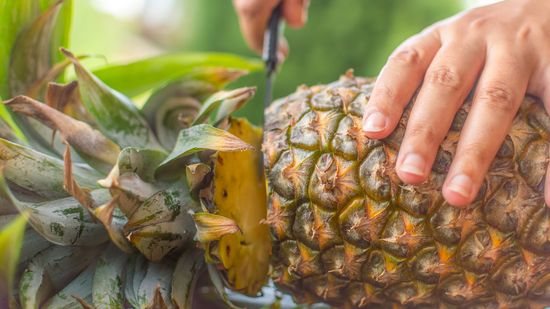
How to Cut a Pineapple in 4 Easy Steps
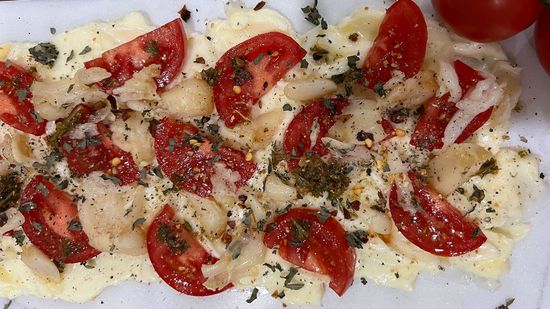
Butter Boards Are Creaming Charcuterie Spreads This Season
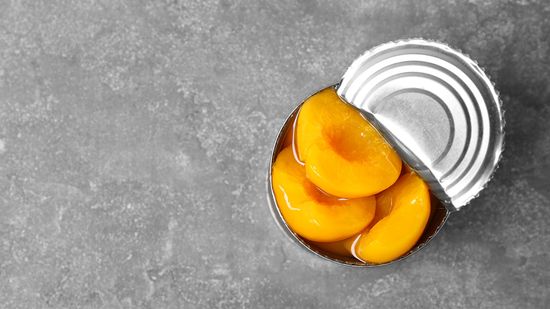
5 Ways to Open a Can Without a Can Opener
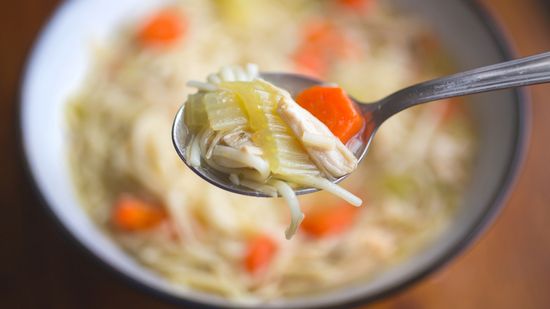
Does Chicken Soup Really Help When You’re Sick?
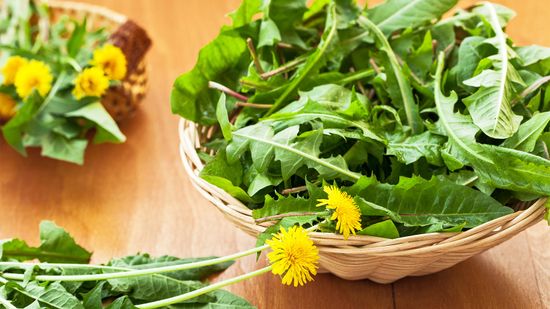
5 Fall Foods You Can Forage in Your Own Neighborhood
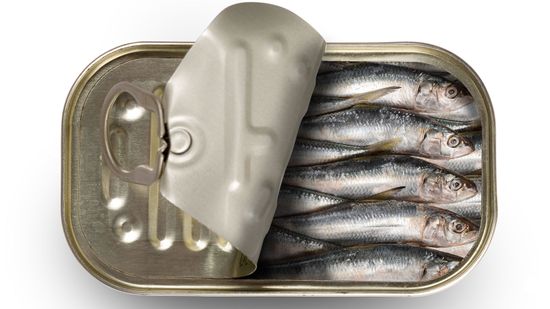
Sardines: The Stinky Little Fish You Should Be Eating
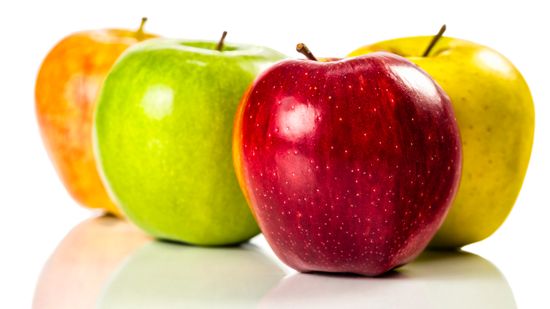
10 Sweetest Apples to Bake, Make Applesauce, or Eat Fresh
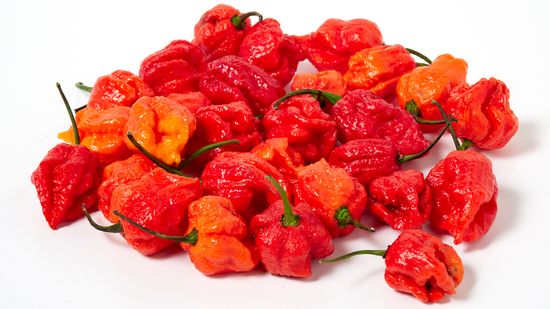
The Hottest Pepper in the World Is Another Puckerbutt Creation

Scallions vs. Green Onions: What's the Difference?
Learn More
Apples are nature's delicious and nutritious candy, with a staggering 7,500 varieties grown around the globe. Even the sweetest apples are healthy alternatives to sugary sweets — making them a great way to indulge your cravings without racking up the calories. Whether you're a fan of the crisp, refreshing crunch or more the type to bake the fruit into an apple pie, you really can't go wrong.
By Mack Hayden
Hot peppers are tasty and nutritious fruits (not vegetables!) that create a spicy sensation on your tastebuds. They have been a staple of spicy foods for thousands of years, but in the last half-century, scientists have developed advanced cross-breeding techniques to craft the hottest pepper in the world — hotter than nature would concoct on its own.
By Mitch Ryan
You've probably seen people and recipes use the terms "scallions" and "green onions" interchangeably — and for once, the conflation is correct. When it comes to distinguishing scallions vs. green onions, these terms describe the same vegetable.
By Marie Look
Advertisement
You're not alone if you've ever found yourself wondering, "What is boba?" This food trend has taken the drink market by storm, enchanting tea enthusiasts and curious foodies alike.
Chow mein and lo mein are two noodle dishes that are staples in Chinese restaurants worldwide, each boasting its own loyal following. However, for many diners, distinguishing chow mein vs. lo mein and vice versa can be perplexing.
By Marie Look
Ordering a stromboli vs. calzone is a matter of personal preference, but the difference between them is clear. One is folded in half like an apple turnover, and the other is rolled up like a jelly roll cake.
By Sascha Bos
In short, yes. Tomato-based catsup and ketchup are more or less the same condiment. There may be slight recipe variations on the traditional tomato-based version, but the main difference between ketchup and catsup is the alternative spelling of the same word.
By Mitch Ryan
Advertisement
If you've had a grocery store California roll or mixed seafood salad, you've probably eaten imitation crab meat. But what is imitation crab, exactly?
By Sascha Bos
Macaroons and macarons — they sound similar, but they look quite different. So how did we end up with two popular cookies that sound almost the same?
By Sascha Bos
Tequila and mezcal are two of the most famous agave-based spirits from Mexico, and bartenders sometimes use them interchangeably in mixed drinks. Mezcal cocktails will often have a smokier flavor than ones made with tequila, but what are the other differences?
By Sascha Bos
In the world of rare tequila, the price is often just as much about the luxury bottle as it is about the smooth taste of high-quality liquor. These expensive spirits are not only aged in everything from Cabarnet to Cognac to well-seasoned sherry barrels, they also come in fancy, hand-painted ceramic or crystal decanters.
By Sascha Bos
Advertisement
If you've wondered whether a hotdog is a sandwich, you probably haven't spent much time on the internet in the last 10 years. That's OK; we'll catch you up on the debate.
Which gets your vote in the great Diet Coke vs. Coke Zero debate? The labels say the differences are slight, but fans will say the diet sodas are worlds apart.
By Sascha Bos
Preparing a bowl of chicken soup for a loved one when they’re sick has been a common practice throughout the world for centuries. But does it help you get well?
By Colby Teeman
Explore the culinary showdown of Nigiri vs. Sashimi. Learn the differences, flavors, and how to savor these Japanese delicacies.
By HowStuffWorks
Advertisement
In search of the hottest hot sauce in the world, we found the bottles with the highest Scoville Heat Units (SHUs) to bring you this list of the 14 most diabolically spicy hot sauces.
By Mitch Ryan
People have been pickling vegetables, cucumbers specifically, since the time of Cleopatra. Why the cucumber and why is the pickle always served with your deli sandwich?
By Muriel Vega
One of the most expensive cups of coffee in the world is made from beans harvested from civet poop. Why would anybody want to drink it?
By Carrie Tatro
With their spiky skins, pineapples may be a bit intimidating from the outside, but they're easy to cut into rings or chunks with these easy-to-follow steps.
Advertisement
You know the story behind the martini: James Bond always orders his "shaken, not stirred." But what's the story behind the classic glass it's always served in?
Craft beer is big business. And breweries are banking on non-alcoholic beer as their new cash cow. But how do they brew beer without alcohol?
There are hot peppers and there are mouth-scorchers. Have you tried any of these seven extremely hot peppers?
By Dylan Ris
Call it bubbly or bubbles, but don't call what's in your glass Champagne unless it truly is. How do you know? It depends on where and how it's made.
Advertisement
Sherry and port are both fortified wines. But their similarities end there.
By Muriel Vega
Ah, vanilla. You can almost smell it right now, can't you? From pure vanilla extract to essence and imitation, it comes in all forms. But where does vanilla flavoring come from?
